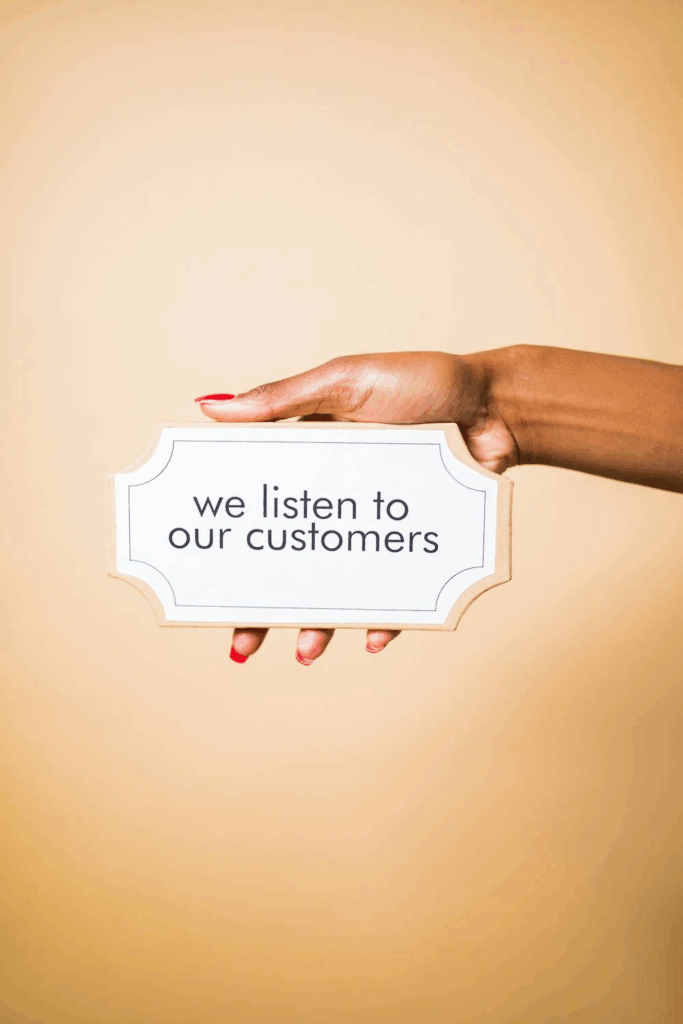Your brand is more than your company’s name or logo. It’s the feeling people associate with your work, the trust they place in your team, and the way your business presents itself at every interaction point. For companies in the landscaping industry, where much of the work is visual and local, branding plays a large role in earning client loyalty and standing apart from competitors. The challenge lies in shaping a brand that is both memorable and rooted in the unique characteristics of your service area.
Build a Marketing System That Supports Growth
A solid marketing system acts as the foundation for branding. It allows your business to grow steadily, connect with the right audience, and create a consistent message across every platform. When building this system, think of each marketing channel—website, social media, email campaigns, SEO, and paid advertising—as part of a larger strategy. To get the most out of this structure, companies often rely on experienced partners. Finding a team like the one at halsteadmedia.com that integrates brand development into marketing systems tailored for green industry professionals is essential. This helps ensure your marketing not only attracts attention but also reflects the personality of your brand. When your marketing engine is running smoothly, your message reaches the right people at the right time, increasing the likelihood that they’ll remember and trust your business.
Know Your Audience and Speak Their Language
Understanding your audience means knowing who they are, what they value, and how they make decisions. For a landscaping company, this may involve learning about property types, typical client concerns, and aesthetic preferences within your local community. Are you targeting homeowners who want elegant outdoor retreats? Or commercial property managers who prioritize efficiency and curb appeal?
Once you know what matters to your clients, tailor your language accordingly. Avoid industry jargon that might alienate those unfamiliar with it. Use phrasing that reflects how your clients think and talk about their properties. When your messaging sounds like something your ideal customer might say, you’re more likely to be perceived as someone who “gets it.”
Develop a Visual Identity That’s Recognizable and Consistent
Your visual identity is one of the most visible components of your brand. It includes your logo, color palette, typography, and imagery. These elements need to work together to create a cohesive look that is easily recognized across platforms.
Consistency is the key to making your brand familiar. Whether someone finds your business card, browses your website, or scrolls through your social feed, they should feel like they’re interacting with the same company. Select colors and fonts that reflect the tone of your brand—modern and clean for a high-end firm, or warm and earthy for a community-oriented business. Professional photos of your work are a must. Low-quality images, inconsistent styles, or missing logos can chip away at your credibility.
Tell Stories That Build Trust
Facts may inform, but stories connect. A brand that resonates isn’t just about saying what you do—it’s about showing what you’ve accomplished and why it matters. Case studies, before-and-after project highlights, client testimonials, and even behind-the-scenes peeks at your team at work can all serve this purpose.
Stories allow potential clients to imagine what working with you would feel like. They put your values into context and give proof of your reliability and skill. Rather than pushing a hard sell, storytelling pulls people in by giving them something real to relate to. Think less about promoting yourself and more about sharing what makes your company human.
Stay Active Where Your Clients Are
Your brand doesn’t live only on your website. It extends to every place your potential clients might interact with you—Google searches, Instagram posts, email newsletters, truck wraps, jobsite signage, and even community events. If you want your brand to stick, show up consistently across these touchpoints.
This means regular updates, timely responses, and content that feels current. If a homeowner checks your Instagram and finds your last post was a year ago, they might wonder if you’re still in business. If your trucks and uniforms reflect your branding but your website doesn’t match, it creates confusion. Each client touchpoint is a chance to make an impression—make sure it’s the one you intended.
Evolve With Feedback and Experience

Your brand should grow alongside your business. As you work with more clients and gain a better sense of what you do best, you may find that your original messaging or imagery no longer fits. That’s not a failure—it’s part of building something real. Pay attention to what your clients respond to, which marketing efforts perform best, and how your team describes your work.
Small updates to your branding can reflect the progress you’ve made. Maybe it’s time for a refreshed logo or new photos that better capture your recent projects. Maybe your service area has shifted, and your messaging should reflect that. Staying static for the sake of consistency can sometimes hold you back. The strongest brands are rooted in clarity but flexible enough to adapt.
For businesses that want to move beyond just looking good and start building real traction, it all starts with intention. When your brand reflects who you are and speaks directly to the clients you serve, it becomes a powerful tool, not just for standing out, but for building a business that lasts.





